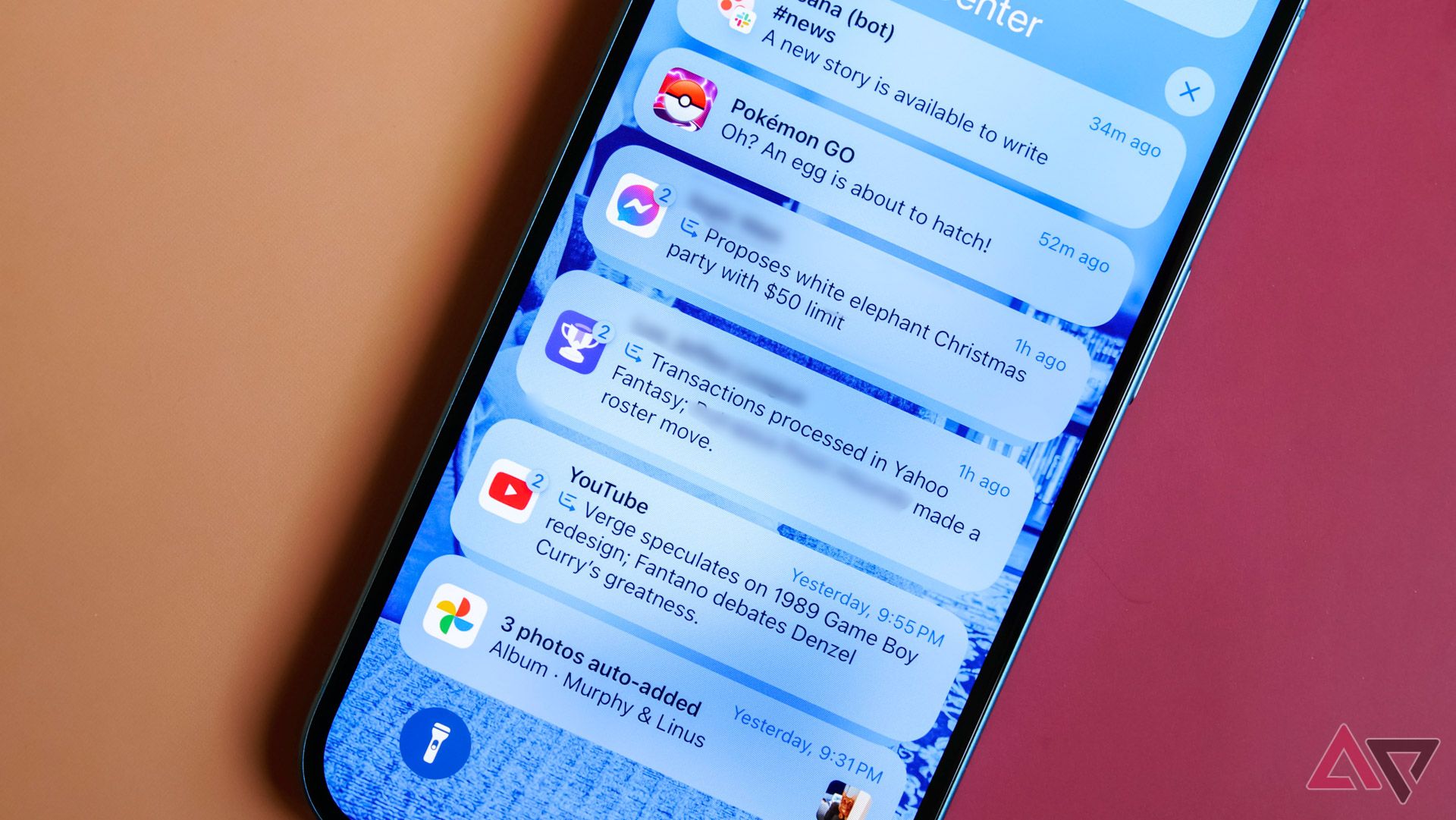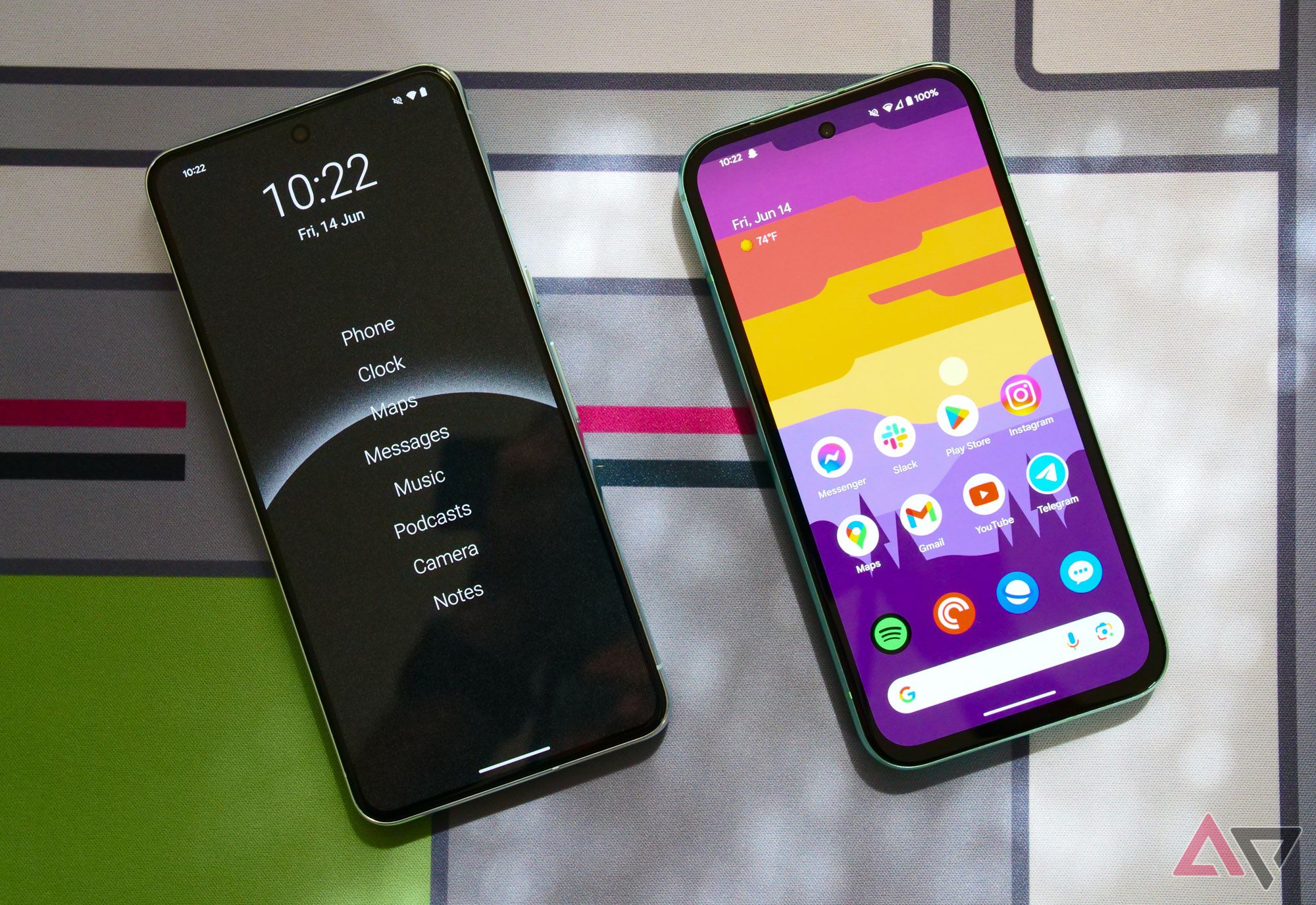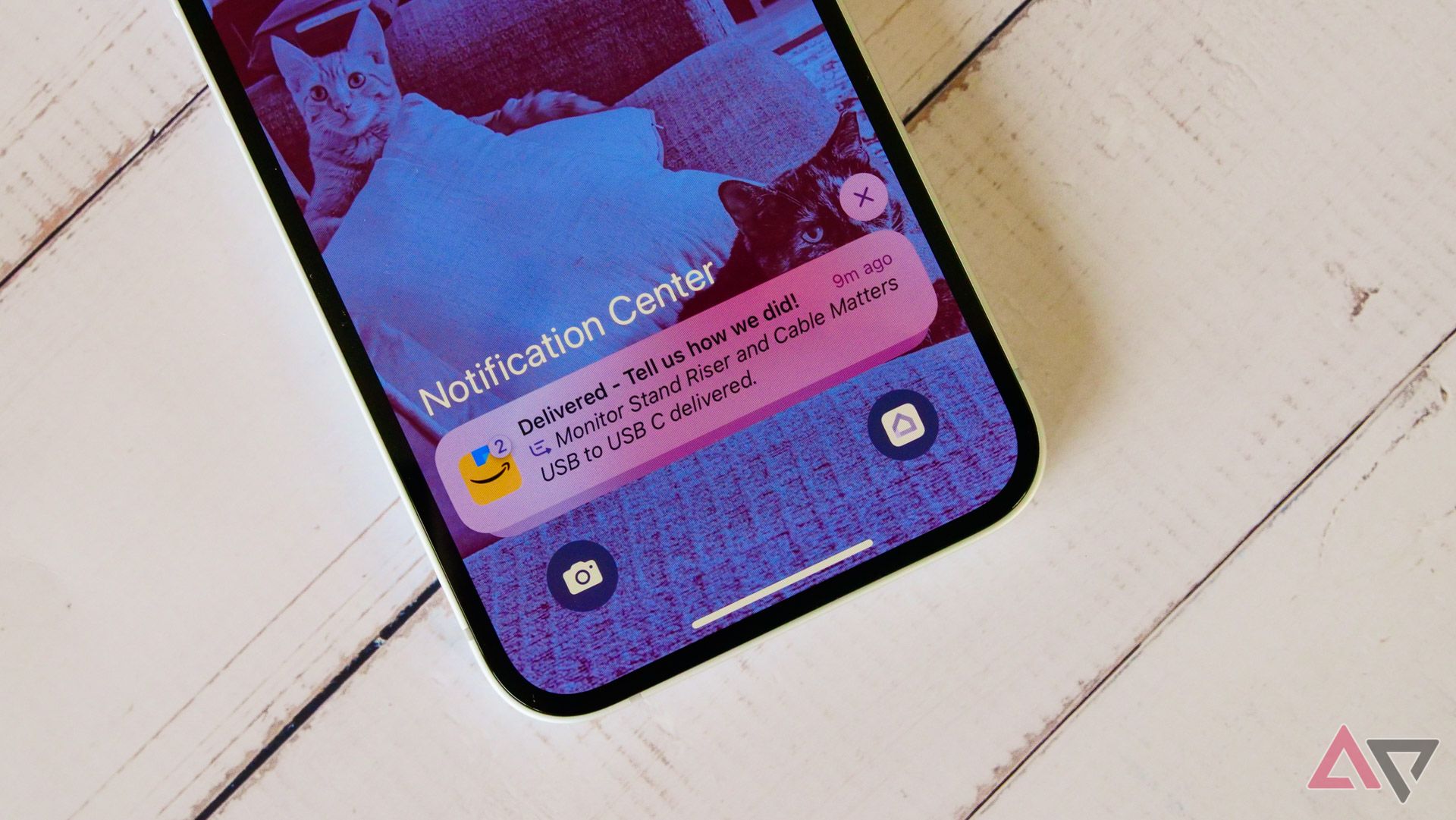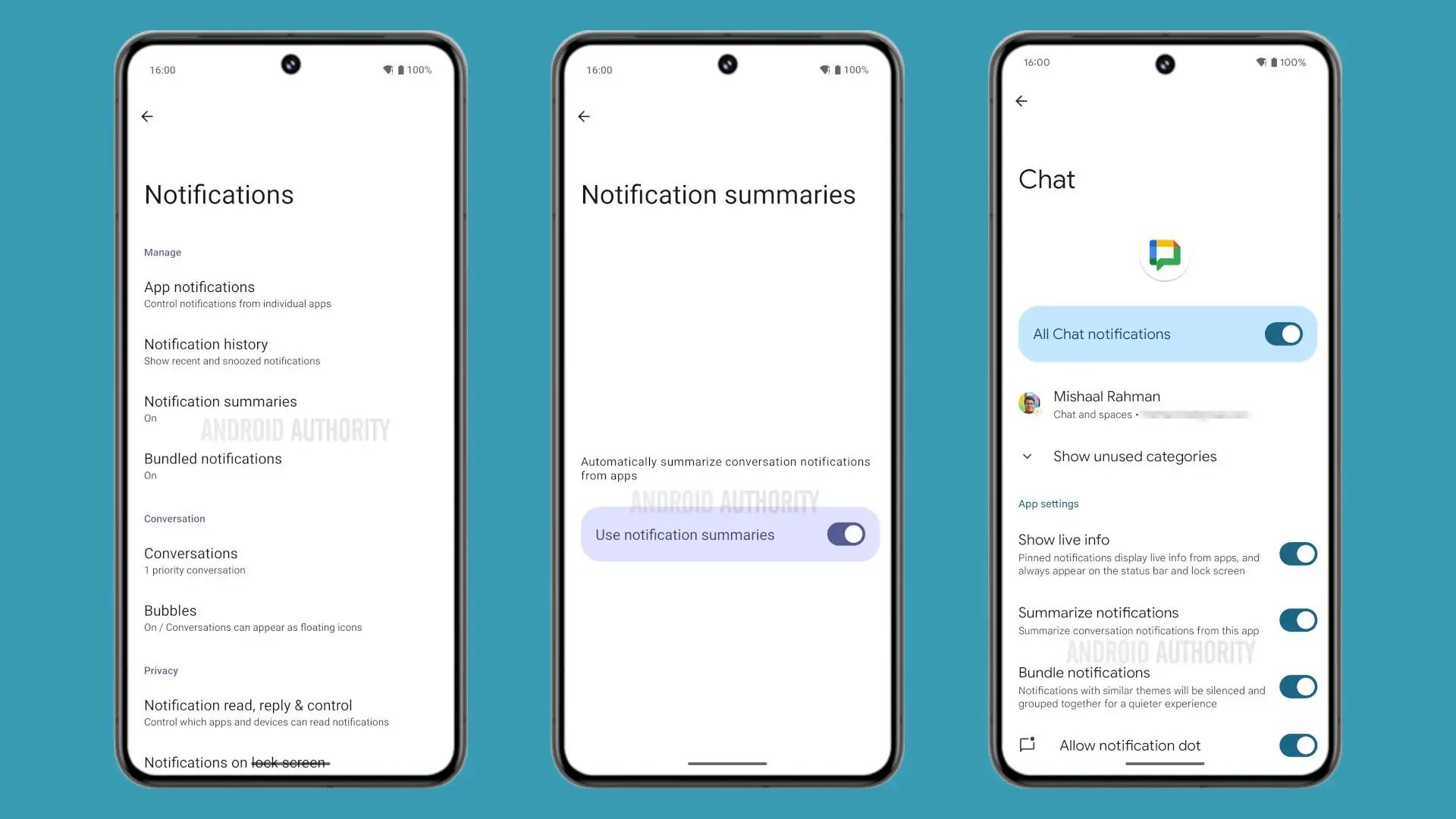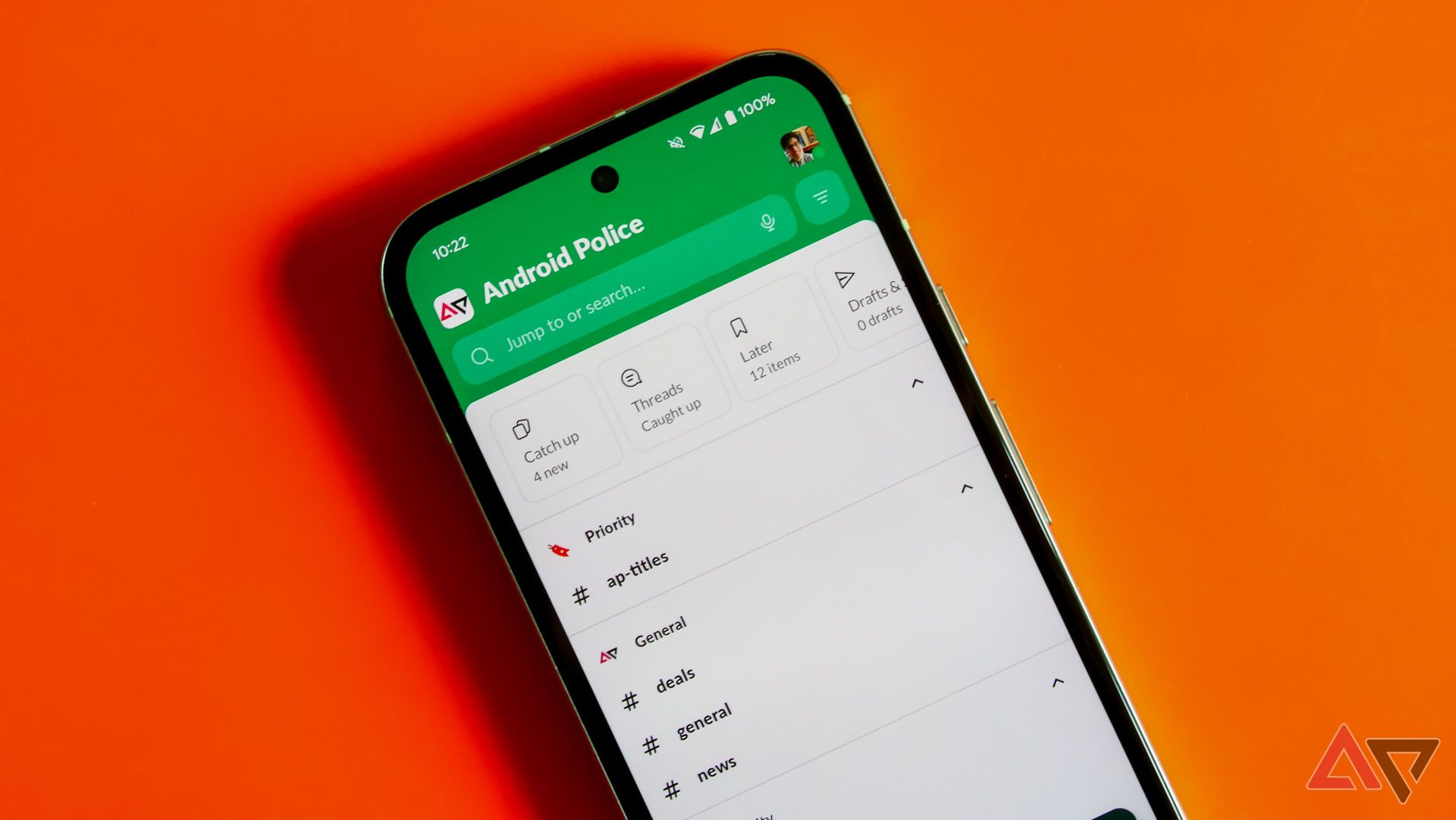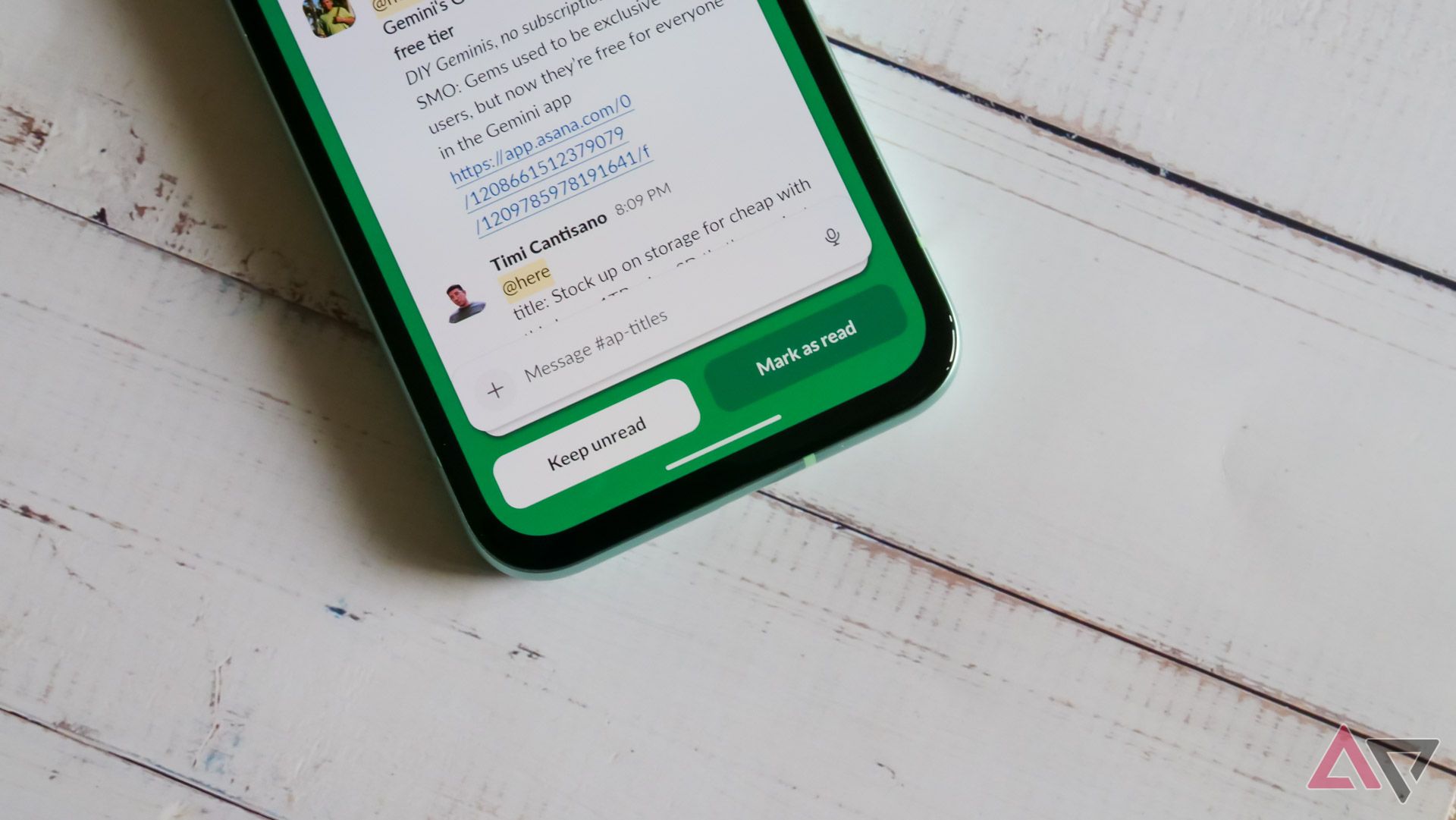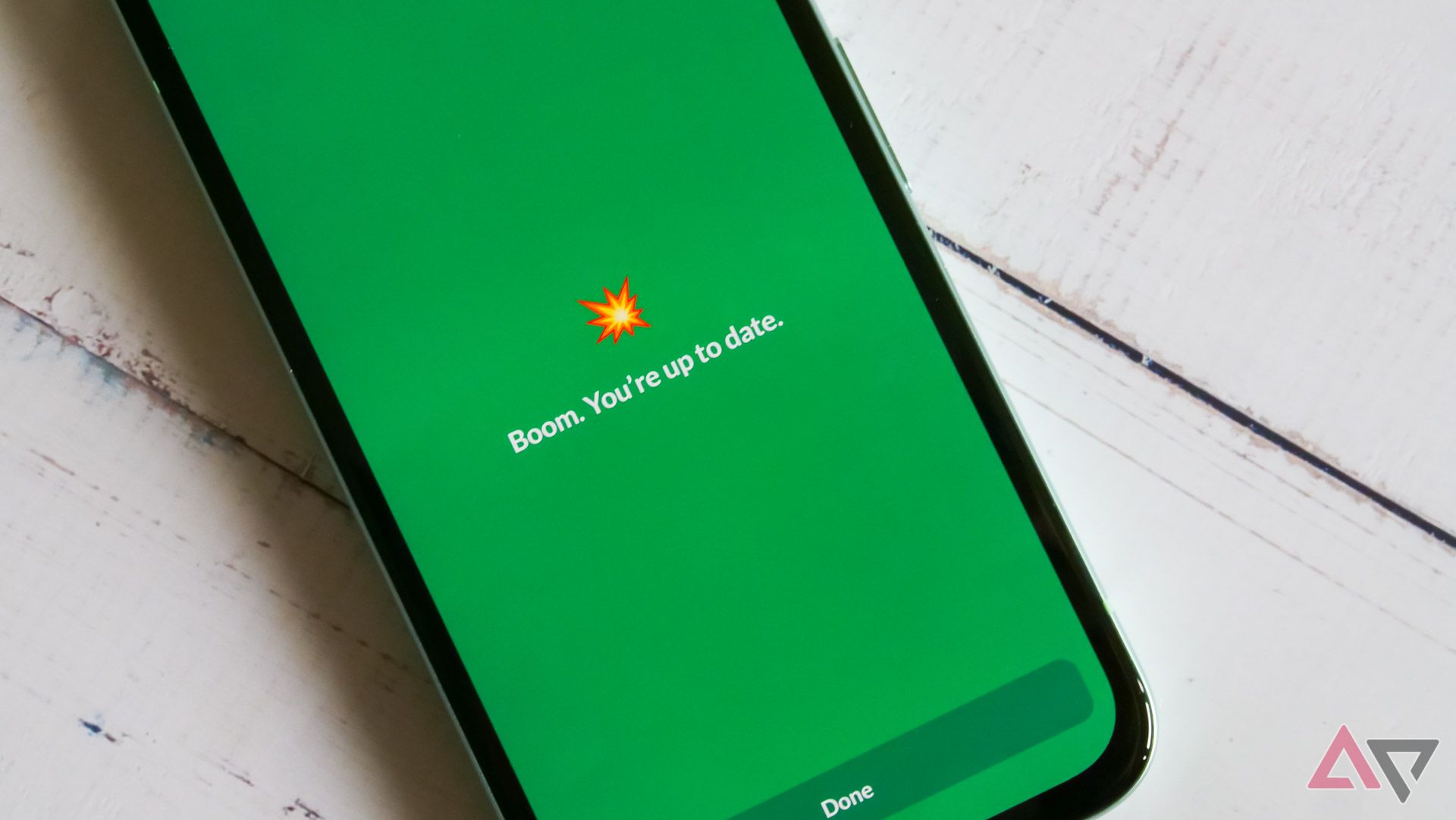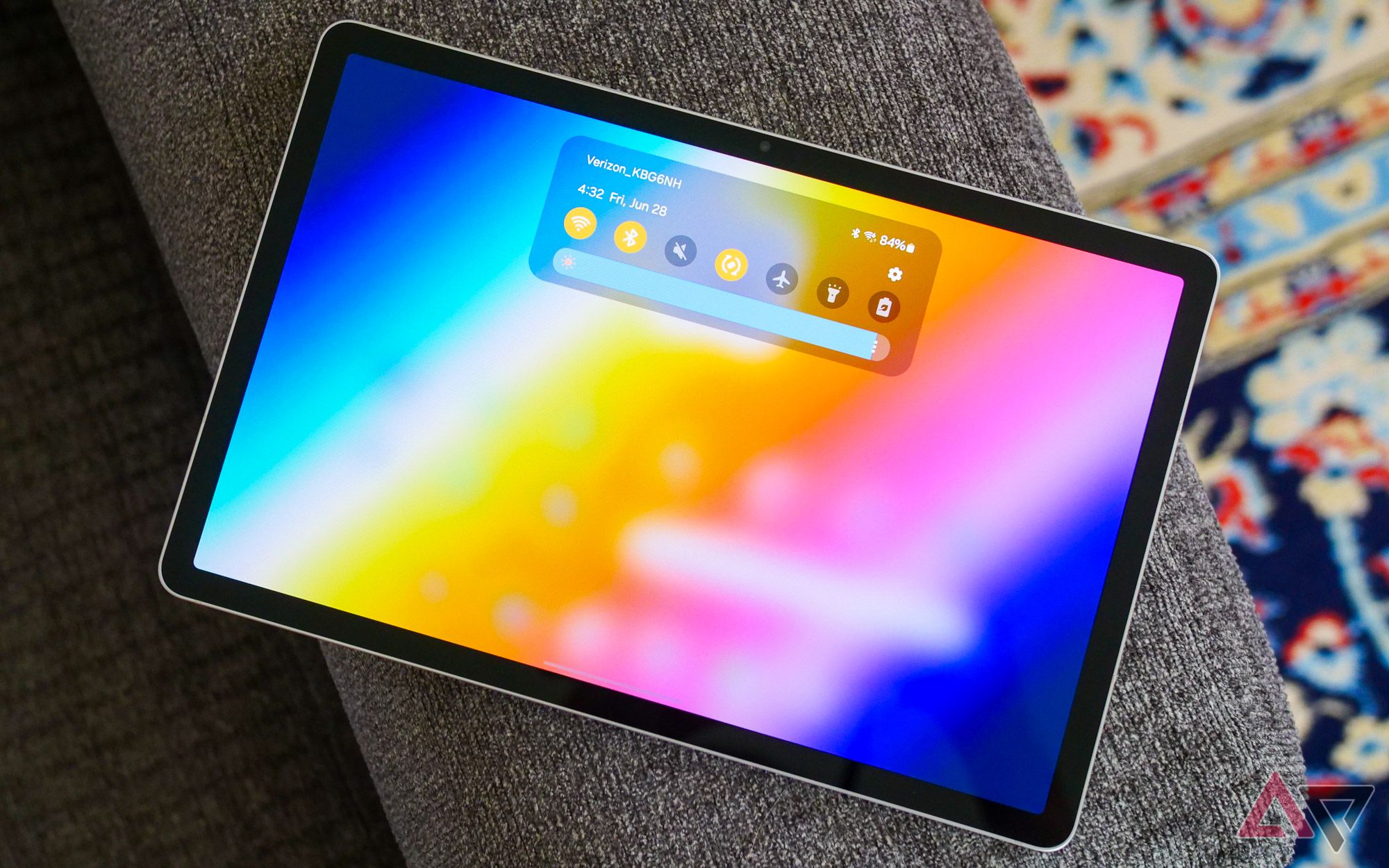Whether or not you like it, Slack is practically the backbone of modern corporations. It’s replaced email for the vast majority of interoffice communication at places of all size and scope, including right here at Android Police. Companies like Microsoft have spent billions of dollars building an alternative into its suite of Office 365 products. I personally can’t imagine doing my job without Slack, and yet, millions of its users probably despise its very existence.
I’m not here to litigate whether Slack is good for the workplace — though let’s be honest, it’s a net neutral at worst. Instead, I want to draw some attention to a feature the company launched over a year ago. It’s an approach to notification management that I think is absolutely brilliant, and something that, with enough work, could evolve into the future of mobile notifications on Android and beyond.
Notifications need a makeover in our modern age
But I’m not sure AI is the solution
It seems obvious that persistent notifications are one of those things destined to face a reckoning in the coming years. We’ve already seen plenty of gadgets and apps designed to help you disconnect, largely to avoid getting pestered by work emails on a weekend or “deal” alerts from Amazon whenever the app feels like it. Digital detoxing isn’t as hard as some make it out to be — I’ve effectively done something similar with both Android phones and Android tablets — but the appetite for better management tools is simultaneously very apparent and very real.
Related
I made my Android phone a whole lot simpler, and you can too
Interested in a Light Phone experience? You don’t need to drop a dime to achieve it
Unfortunately, it seems as though the real-world need for better notifications has clashed headfirst with the tech world’s need to AI-ify every aspect of your digital life. The resulting mess we’re left with are notification summaries, currently live on Apple Intelligence-supported smartphones and seemingly in the works for a future Android version. Notification summaries promise to condense the information you need into a single sentence or two, saving you time and headaches along the way. With two supported iPhone reviews under my belt, though, I can tell you they do anything but.
Obviously, I can only speak to Apple’s implementation of this concept; Google’s will presumably arrive with Android 16 in June or with the planned second update set for later this year. Still, my time with notification summaries on the iPhone has been nothing but bad. Here’s what I said on this feature last fall when reviewing the iPhone 16 Pro Max:
For every good summary (such as a perfect two-line notification detailing a conversation about the lack of small Android tablet offerings), there are five bad ones. The effect isn’t saving you time; it’s forcing you to double-check every notification to ensure you see the correct details. The only spot where these summaries are reliably accurate is duplicate notifications where you don’t need to see every incoming ping, like Ring’s motion alerts or Twitch streamers going live.
And here’s me again, reviewing the iPhone 16e earlier this month:
Notification summaries remain as useless as ever; they’ve learned to build silly group chat names into their context, which somehow makes them even worse than before.
It’s worth noting that the only change Apple made in the four months between those respective reviews was to disable notifications summary support with news apps, because it was particularly bad at making up false headlines.
An early look at Android’s potential notification summary settings.
Let me be blunt: I think AI-powered summaries for notifications are simply the wrong way to go about this. Notifications in general — even on platforms with “good” ones like Android — are in desperate need for a full makeover, and I don’t think asking any AI platform that suffers from hallucinations (so, all of them) to generate accurate alerts is the way to go. Instead, I’d like to see Google and any other OS developer take some inspiration from a surprise player. And that brings us back to Slack.
I think cards could be the future of mobile notifications
And Slack’s been proving me right
Last January, Slack introduced “Catch Up” on its collection of mobile apps. At the time, it was pretty roundly mocked for bringing Tinder-esque cards into enterprise software. It’s hard to blame anyone for trying to dunk on Slack — it’s pretty inherently silly to be introduced to swiping right and left in the context of a virtual workplace when that language is so intrinsically linked to the modern dating scene. And yet, after a year of relying on Catch Up nearly every day, I don’t know what I’d do without it.
Catch Up is a simple enough feature. On any smartphone or tablet, unread messages, channels, and threads can be collected and viewed by tapping on “Catch up” at the top of the screen. Catch Up seems, at least in some way, to be filtered based on what Slack thinks represents a priority notification, and more often than not, my most unread messages are at the top of this stack. Once this feature is active, you’ll see every new alert in your feed — and this is where Catch Up gets interesting.
Rather than reacting to every individual message with a response or reaction, you can choose to swipe right or left to mark read or leave unread, respectively. You can jump in at any time to send a reply, but if the vast majority of your channels simply need your eyes and not a direct response, quickly marking channels read is a lifesaver. The first few times you use this feature, it feels pretty silly. But over the past 12 months, I’ve found it to be indispensable, the perfect middle ground between marking every DM read sight unseen and manually managing your Slack account.
In fact, I like it so much that I often find myself pulling my phone out to tear through unread alerts during the afternoon, rather than having to check everything manually on desktop. I have no idea why Slack hasn’t brought this tool to more devices — probably the same AI obsession that has the rest of the tech industry in its grasp — but this exact workflow is what inspired me to pitch this as a potential notification overhaul for Android.
Imagine a world where you can quickly view a digest of your unread alerts, sorting by priority, right from your lock screen. Suddenly, tearing through those annoying push notifications that you don’t even remember enabling turns into something much more manageable. It’s easy to think up some Android-centric additions to this tool as well, like quick links for adjusting when and how often an app can notify you. Basically, make notifications feel like a core part of Android, not something that lives on your lock screen and otherwise remains out of sight.
In its best state — the one I envisioned when I started thinking about this approach — I could see a Catch Up-esque UI fulfilling the promise Samsung attempted with Now Brief on the Galaxy S25. Again, it’s another case where a tech company turned to AI to attempt to deliver useful information, while all of the alerts, messages, and more you need to know already live on your smartphone. They just need a better, revamped layout for easier management.
It’d be a big change, but I’d love to see some notification overhauls in the future
More fresh ideas, less stale “AI” talk
I’m sure plenty of you are skeptical that the answer to notification overload is to simply mask your incoming alerts in a different UI. But Slack’s Catch Up feature, in my eyes, proved that notification management has plenty of space to grow, change, and adapt. We’ve all watched as everything from “digital wellbeing” tools to expansive do-not-disturb modes tried — and, largely, failed — to tamper down the noise emanating from your pocket, and frankly, AI-powered summaries feel like they’re on the same track.
While I doubt Catch Up’s card-based UI will appeal to everyone, I think it’s well worth giving the same shot that tech companies are giving to AI-based party tricks. It’s possible the future of mobile notifications already exists, buried in an enterprise app that most of its users install for their job and little else. We just need a company like Google brave enough to adapt the idea.
Related
Your Android tablet is better with notifications turned off
The last thing you need is another screen constantly yelling at you


